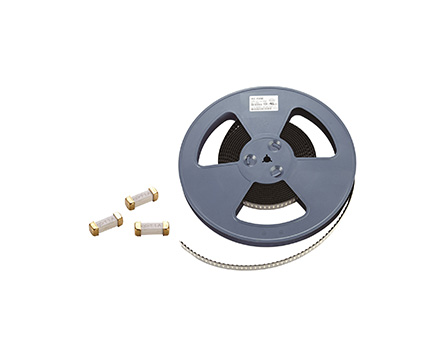
The rated current values usually include 100mA, 200mA, 315mA, 400mA, 500mA, 630mA, 800mA, 1A, 1.6A, 2A, 2.5A, 3.15A, 4A, 5A, 6.3A, etc. Generally, the rated current values of various fuses are provided based on customer needs and actual purposes.
The nominal working voltage of a fuse, codenamed Un, is generally rated at 32V, 60V, 125V, 250V, 300V, 500V, and 600V. Fuses can be used at a voltage not exceeding their rated voltage, but are generally not approved for use in circuits with a circuit voltage greater than the rated voltage of the fuse.
When the rated current is applied to the fuse, the voltage measured at both ends of the fuse when the fuse reaches Thermal equilibrium, that is, when the temperature is stabilized, is Ud. Due to the voltage drop at both ends of the fuse having a certain impact on the circuit, there are clear provisions for voltage drop in European regulations.
Usually divided into cold resistance and hot resistance, cold resistance is the resistance value measured by a test current less than 10% of the rated current at a fuse temperature of 25 ℃. The thermal resistance is converted from the voltage drop measured at the full rated current value as the test current, and its calculation formula is Rthermal=Ud/In. Usually, the thermal resistance is larger than the cold resistance. At the same time, the resistance function of the JEPSUN fuse has two functions: patch resistance and fuse. Normally, the JEPSUN fuse resistance plays a resistance role, but when the fuse needs to work, it can blow and act as a fuse.
Read recommendations: